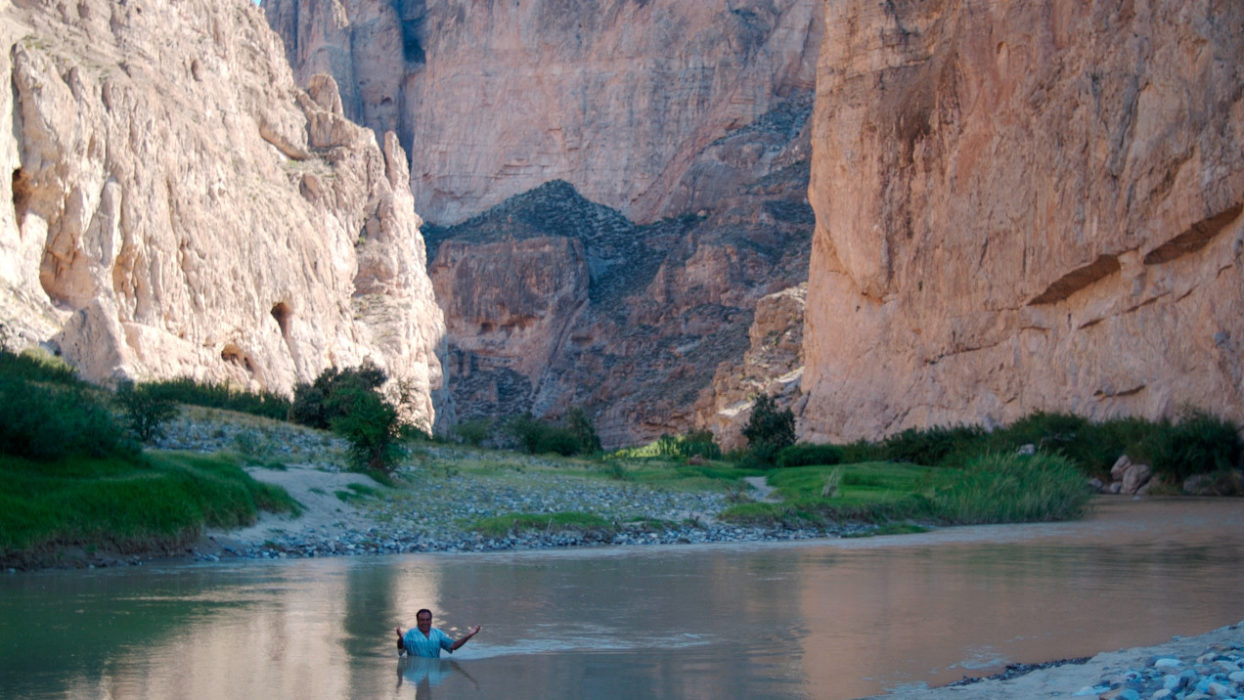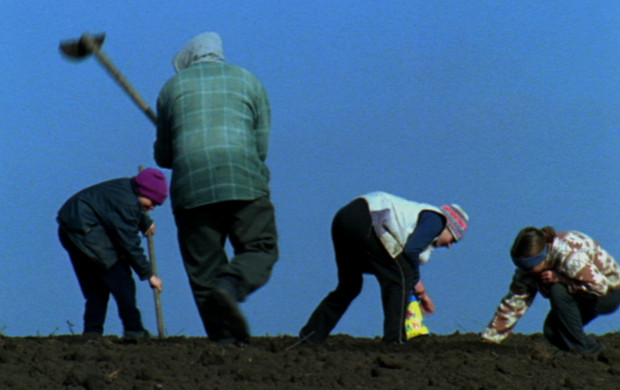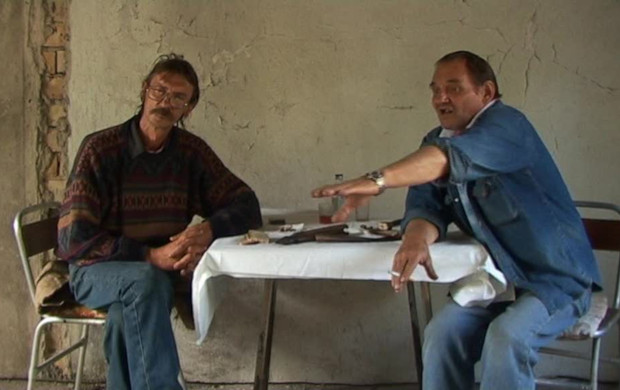Fronterismo
At the end of The Pilgrim, Chaplin, escaped from Sing Sing prison, is faced with a formidable choice: either cross the Mexican border thus regaining his freedom but losing the woman he loves, or stay in Texas near his loved one and return to the penitentiary. Fear of the unknown, like that of prison, prevents him from making a choice. He walks along the Mexican border, one foot in freedom, the other in prison, one foot on either side of a line that is invisible and thus all the more absurd. Seventy-five years on, the administrative absurdity of a border dividing a territory identical on each side still remains. It has even been reinforced. For the locals, rich or poor, the closure of the Mexican-USA border is an aberration, leading to serious socio-economic disorder and growing insecurity. For them, the border is not a separation but an identity. Fronterismo is a series of portraits of border folk, each with a typical look and very different from one another, from the cowboy to the peone and the dressmaker. Each portrait reflects an aspect of the border: a town split in two that would be hard to locate, a rail track, sheer cliffs, the Rio Grande gorges, a ghost town, a line of barbed wire and fencing filling up the screen… Ample shots reveal the landscape’s impressiveness and diversity, the geological wealth and complexity of a territory that cannot be reduced to an administrative concept of ‘border’. Filming the border is not filming a dividing or abstract line, but a space that is first and foremost a crossing place, a myriad of ramifications and links between a land and human beings. (Yann Lardeau)
Sofie Benoot
Nico Leunen; Sofie Benoot
Senjan Jansen
Sofie Benoot




